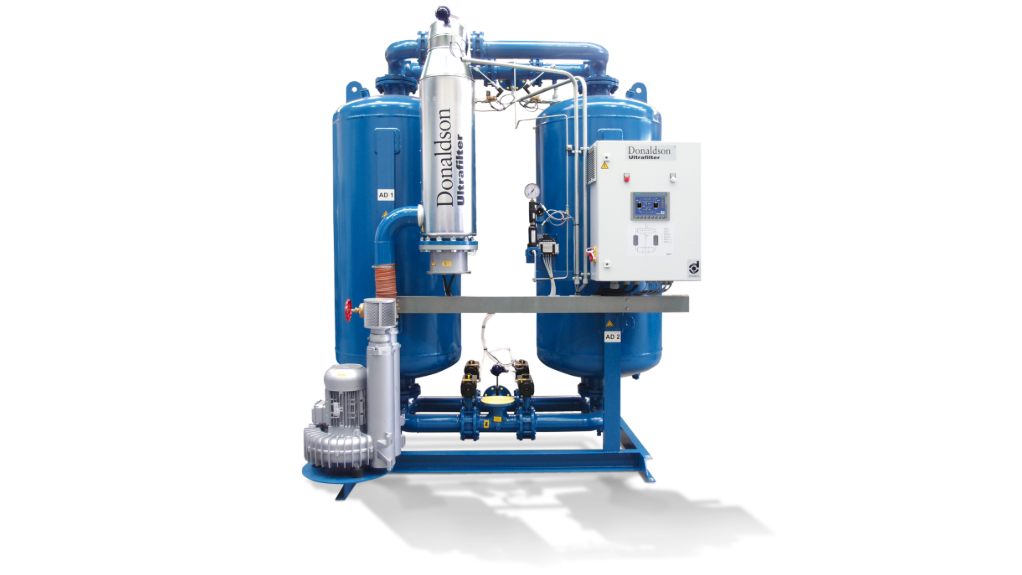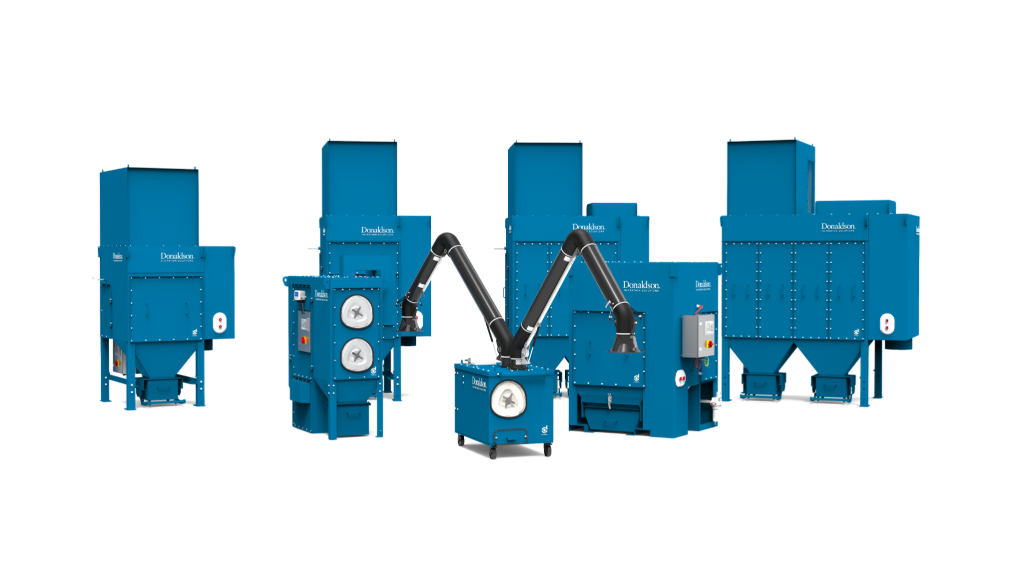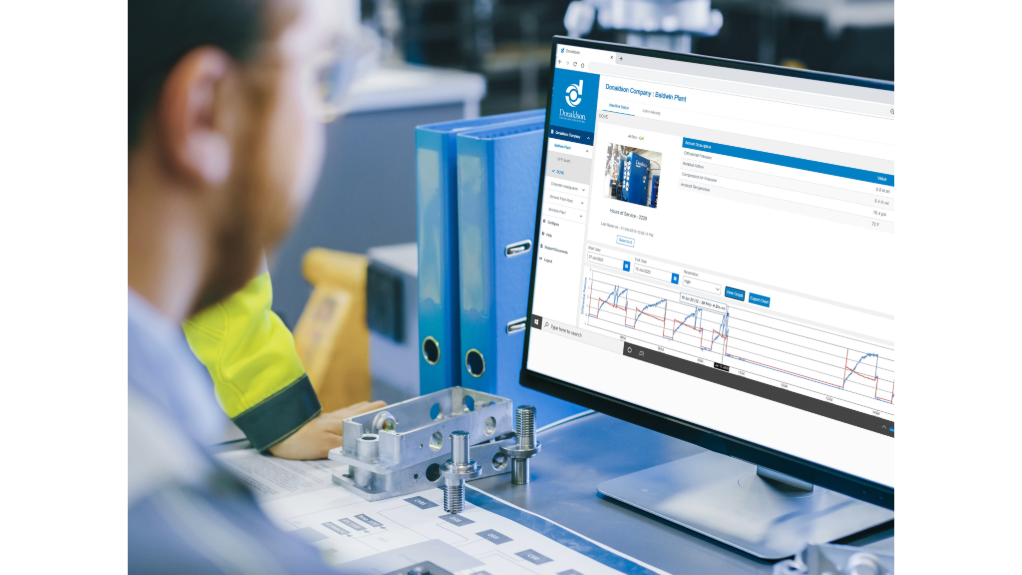To extend its range of battery venting systems, air filtration solutions company Donaldson has introduced its latest product offering, the dual-stage jet, which is a new design launched earlier this month that takes electric vehicle (EV) safety to ‘a new level’ by offering the industry’s fastest degassing capabilities, while streamlining the installation process for original-equipment manufacturers (OEMs).
The dual-stage jet has been purposely designed to meet the increased demands of today’s more complex and powerful batteries – from providing enhanced pressure equalisation and ingress protection under normal operating conditions to allowing gases to escape at rates of about 100 ℓ/s at 100 mbar when necessary.
The unique medium-pressure design ejects the poppet and cap to provide a larger opening for gas to escape during an emergency situation, boosting safety and reducing the risk of damage to other battery packs. With enhanced efficiency, it can reduce the number of vents required on a battery pack by up to 90%.
“Customers were telling us that they needed even higher degassing rates than what was available on the market, so the Donaldson Vehicle Electrification Development engineering team came up with a unique, creative design where the poppet and cap can be jettisoned to instantly produce a much larger opening for gas to escape and help mitigate thermal runaway,” explains Donaldson vehicle electrification product manager Shane Campbell.
“The pressure then rapidly decreases inside the pack, greatly reducing the risk of damage to additional cells and giving occupants extra time to escape from the vehicle,” he adds.
Tailored to OEM Needs
The dual-stage jet is available in two distinct configurations – screw-in/bolt-on or quarter- turn bayonet fittings. Agricultural and other heavy-duty vehicle manufacturers are likely to favour the former, which can offer more flexibility for use in bulkier battery packs, while the lighter bayonet fittings will be of greater appeal to the automotive sector and provide clear haptic feedback of proper installation.
The new vent is now available for vehicle manufacturers, with the possibility for them to work on further customising the design to their precise needs in partnership with Donaldson’s application engineers.
“Our customers often have different thicknesses of aluminium for their battery pack housing, but it's easy for us to make an almost identical part that has a small change in the leg length when required,” says Donaldson vehicle electrification development engineering manager Matt Goode.
“The option of multiple attachment methods is important to our customers, who want something that integrates easily with their existing pack, and with application engineers all over the globe, we’re located near the OEM wherever they may be. I think our customers find it refreshing that we take the time to understand their true needs and then find the best solution for them, rather than an ‘off-the-shelf, take-it-or-leave-it’ type of approach,” he says.
Goode adds that the number of vents required on a battery pack can be reduced by between 50% and 90%. This is another benefit of the high-performance vents.
Effective Ventilation Means Efficient Performance
At 58 mm in diameter, and containing about 20% recycled plastic, the vent also delivers a simple solution to the occasionally tricky problem of performing a leak test on a product expressly designed to provide effective ventilation. Temporarily sealing the vent using the supplied leak-check cap is all that is required for manufacturers to carry out tests themselves.
Using Donaldson’s proprietary Tetratex expanded polytetrafluoroethylene membranes for enhanced protection from contaminants, the dual-stage jet enables consistent pressure equalisation with a minimum airflow of 97 ℓ/h at 10 mbar during normal operation.
Manufactured in-house, the hydrophobic membrane is comprised of small, randomly connected fibrils that create a permeable water barrier, providing continuous pressure equalisation, while offering ingress protection ratings of IP67, IP68 and IP69K, eliminating the entry of water, dirt and other contaminants.
The membrane’s unique oleophobic treatment also helps the filter media repel oils, providing additional protection.
By ensuring that damp air, which could otherwise accumulate inside the battery housing, is expelled, the effective ventilation provided by the new vent helps to prevent potential internal condensation issues adversely impacting on the lifespan of enclosures and batteries alike.
“Quality and reliability are top of our customers’ agenda, and our new vent really fits the bill. The dual-stage jet is a fantastic addition to our portfolio – one that enables us to serve more of the global EV market by providing another ‘best-in-class’ product while offering our customers even greater choice to match their specific applications,” concludes Campbell.
Edited by: Nadine James
Features Deputy Editor
EMAIL THIS ARTICLE SAVE THIS ARTICLE
ARTICLE ENQUIRY
To subscribe email subscriptions@creamermedia.co.za or click here
To advertise email advertising@creamermedia.co.za or click here

















